

 TERRY SMITH stumbles over some of Brunel’s masterpieces on a recent trip to the West Country.
TERRY SMITH stumbles over some of Brunel’s masterpieces on a recent trip to the West Country.
As lockdown lifted, we wanted to get away for a while. I suggested to my dear lady that we should spend four days down in Bristol. "Why Bristol?", she asked. My reasoning was that we could use it as a base and visit the city on one day, the South Wales valleys on another, and perhaps Cheddar and Weston-Super-Mare on the last day. I decided to take the country route from East Sussex, starting out on the A272 via Winchester, Stonehenge, across Salisbury Plain then picking up the A4 to Bath avoiding the Motorway network altogether.
On a downward hill heading into a town I read ‘Welcome to Box’ and as I started to mention that this is the site of a famous railway tunnel, Julie almost shouted out "pull over, I've just seen something amazing". We parked up and, grabbing my camera, we walked back up. There it was, the ornate western tunnel mouth of Box Tunnel. There is even a triangular observation area to enjoy the view. Opened in 1841, it took five years to build and was a huge accomplishment undertaken by Brunel to get his GWR to link London with Bristol Temple Meads, which he also designed.
We had booked a room a couple of miles south of Bristol and from the balcony you could clearly see another of Brunel’s engineering feats, the Clifton Suspension Bridge. The next day it was our first port of call and we decided to walk across what was, at the time of its opening in 1864, the longest suspension bridge in the world. The view is breathtaking, but not for sufferers of vertigo! There is a small charge for vehicles, but it is free to cross by foot. Unfortunately, due to Covid, the visitors centre was closed. Sadly, Brunel never got to see this beautiful structure finished as he died in 1859.
Railways, tunnels and bridges were all things Brunel used his engineering skills to design, but it did not stop there. Bristol in the 1800s was a major port and was challenging Liverpool as the gateway to the Americas. Brunel figured that if the GWR could get passengers from London to Bristol by rail, with a ship they could then cross the Atlantic to New York. He co-formed the Great Western Steamship Company and designed his first trans-Atlantic ship, the paddle-steamer SS Great Western. This entered service in 1837 and the wooden-hulled ship was the first steamship to regularly cross the Atlantic. His next design was the metal hulled SS Great Britain of 1843 which used a screw propeller instead of paddles. She is now on display in a dry-dock on the river Avon in Bristol, in dockyards that Brunel was also involved in designing. Bristol and Brunel will always be indelibly linked.
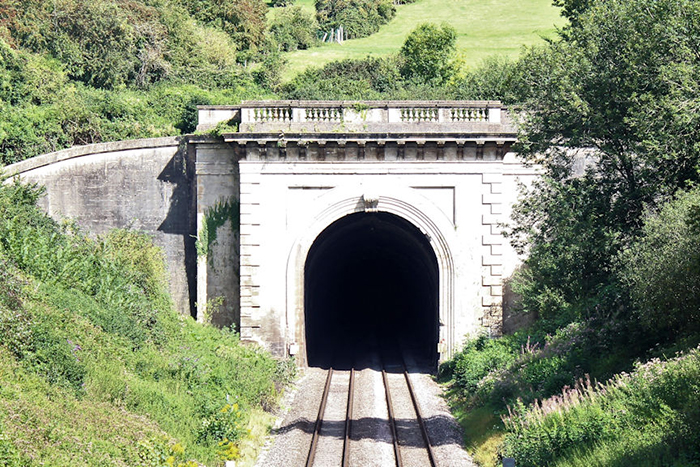
Box Tunnel in Wiltshire, just five miles from the City of Bath.
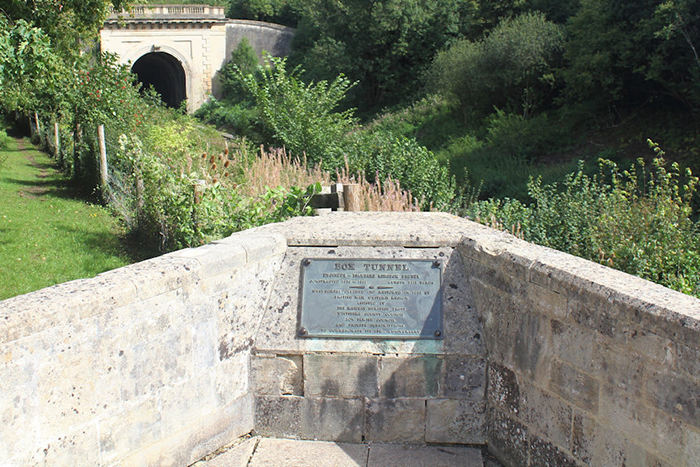
A plaque commemorating 150 years since the opening of the tunnel.
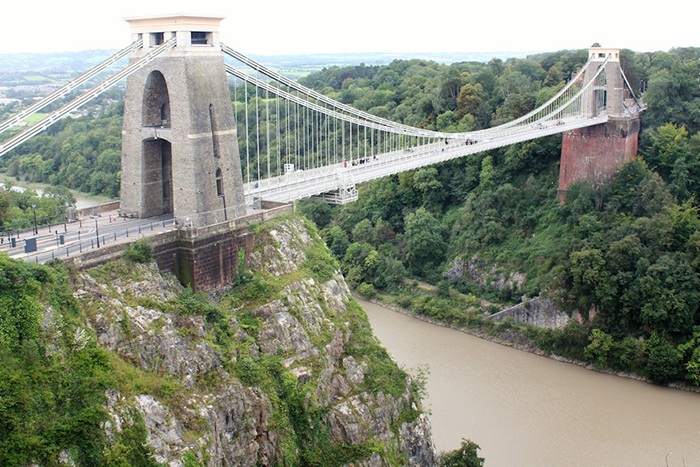
A beautiful structure that is definitely worth visiting – The Clifton Suspension Bridge.
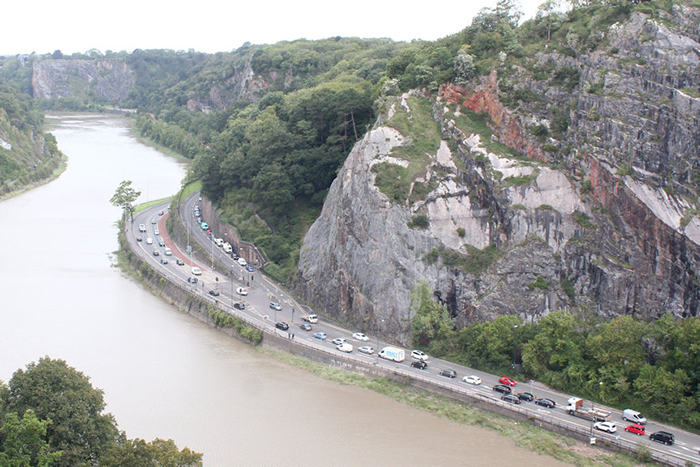
Don't Look down! Breathtaking views from the deck of the bridge 245 feet above the gorge.
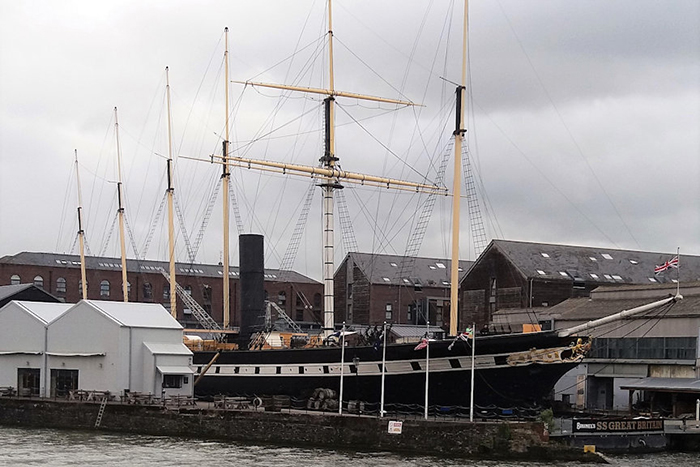
The SS Great Britain the first steamship to combine a metal hull with a screw propeller.